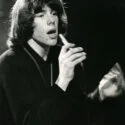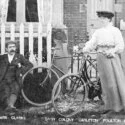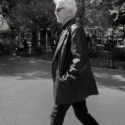The history of rock candy, particularly its iconic version known as ‘Blackpool Rock,’ is steeped in tradition and mystery. Its earliest form, ‘Fair Rock,’ was popular at 19th-century fairs, where it was sold as a simple, unadorned sweet. At that time, sugar was abundant and affordable, making it easy for confectioners to produce candies in bulk. Fair Rock was solid, hard, and not as visually striking as the modern version, lacking the vibrant colours and stripes that characterise today’s rock candy. The treat was typically plain in appearance but shared the same cylindrical shape and the famous core inscription, which would later become a hallmark of the modern version. The transformation from Fair Rock to the brightly coloured, lettered rock candy we recognise today is often attributed to two different individuals, each of whom is said to have played a role in its development. The most widely credited figure is Ben Bullock, a young former miner from Burnley, Lancashire. Bullock, seeking a new venture after leaving mining, started a confectionery business in Yorkshire in the late 1800s. In 1887, he reportedly came up with the idea to create rock candy that was not only flavoured but also brightly coloured and inscribed with letters. This idea came to him while he was on holiday in Blackpool, a bustling seaside resort known for its lively atmosphere and thriving tourist industry.
Bullock’s first successful batch of rock candy featured the words ‘Blackpool Rock’ running through the centre, a clever nod to the town’s popularity as a tourist destination. He sent this initial batch to shops in Blackpool, where it was an immediate hit, becoming a beloved souvenir for visitors to the town. The idea of embedding a message in the candy, particularly one that could be customised with various words, turned out to be both innovative and attractive to consumers. The candy’s appeal lay not only in its sugary sweetness but also in its ability to carry a message, which made it particularly popular among tourists looking for a unique memento of their time in Blackpool. However, a competing theory suggests that the creation of the modern rock candy may have involved another figure entirely: a Victorian character known as ‘Dynamite Dick.’ This man, said to be from either Morecambe or Blackpool, is credited with adapting the earlier Fair Rock to incorporate lettering, essentially inventing the version we now recognise. According to this account, Dynamite Dick’s innovation was the addition of words or phrases running through the candy, turning it into a more distinct and visually appealing treat. Some believe he was inspired by Fair Rock’s simplicity and wanted to make it more marketable to the growing number of tourists flocking to seaside resorts like Blackpool.
Despite the competing stories, both Ben Bullock and Dynamite Dick are often cited as key figures in the development of Blackpool Rock, and the truth may never be fully known. What is clear, however, is that the candy quickly became a symbol of Blackpool, with its distinct look and iconic inscription helping to make it a lasting part of the town’s seaside heritage. The success of Blackpool Rock led to the establishment of numerous confectionery shops along Blackpool’s promenade, each offering their own varieties of the candy, often incorporating different flavours and colours. Over the years, the rock candy’s design evolved, with intricate stripes, bold colours, and a wider range of letters and images added to the mix. This evolution helped to keep the treat relevant, even as Blackpool’s tourism industry grew and changed over the decades.
Today, Blackpool Rock remains a nostalgic and cherished sweet, evoking fond memories of the golden age of British seaside holidays. It continues to be produced and sold in Blackpool and other coastal resorts, where it is still available in a range of flavours, colours, and designs. The tradition of personalising rock candy with words, often related to the location or occasion, persists, keeping the original concept alive while allowing for new variations to appeal to modern tastes. In addition to its traditional role as a souvenir, Blackpool Rock has also become an enduring symbol of the town’s history, representing both the resourcefulness of its creators and the lasting connection between the town and its visitors. Whether you are strolling along the promenade or enjoying a piece of the candy at home, the legacy of Blackpool Rock continues to sweeten the memories of all who encounter it.
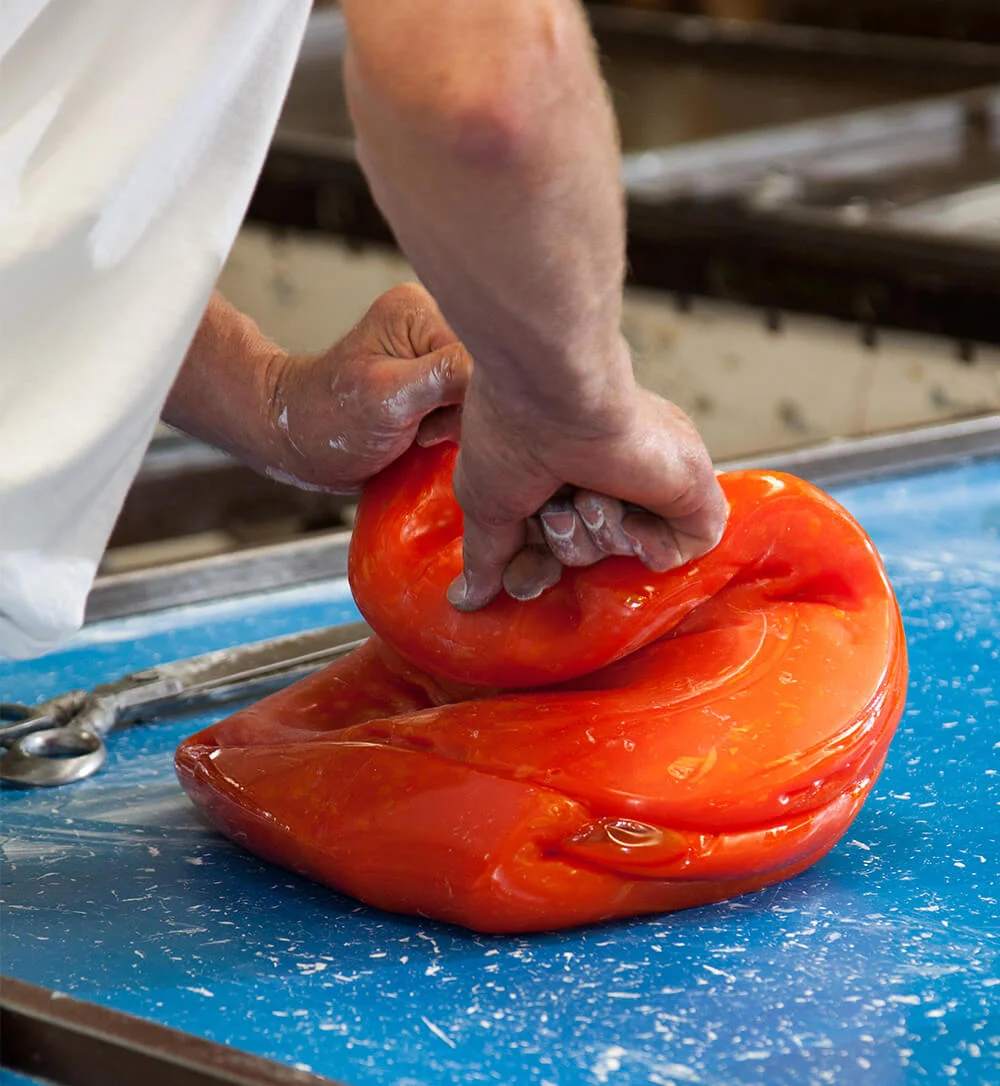
Rock making in Blackpool, 14 July 2015. © Alamy
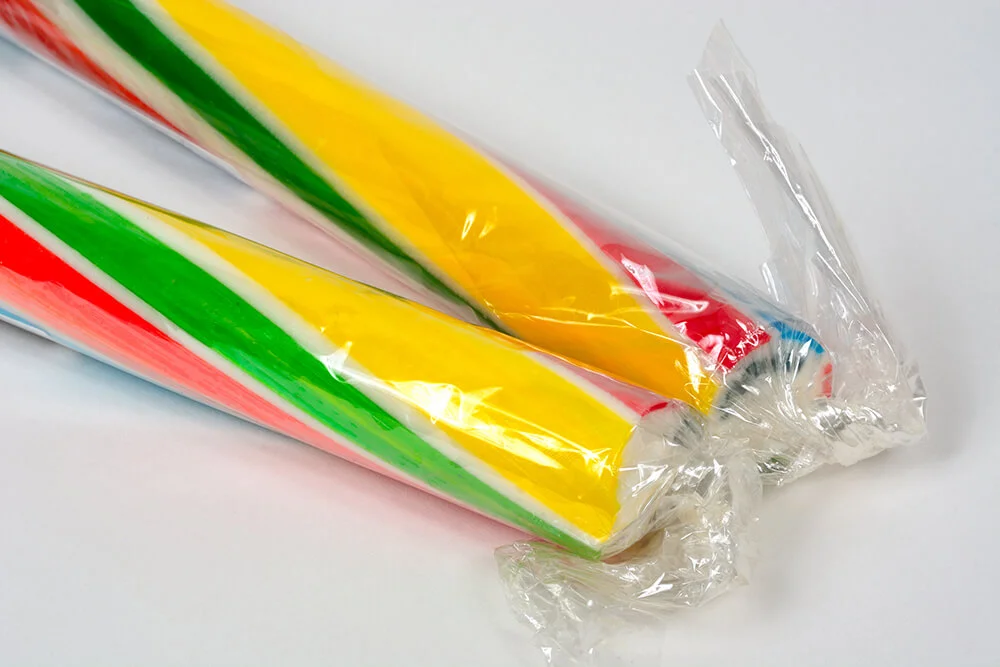

Genuine Blackpool rock – choose your name – for sale on Blackpool Promenade.












